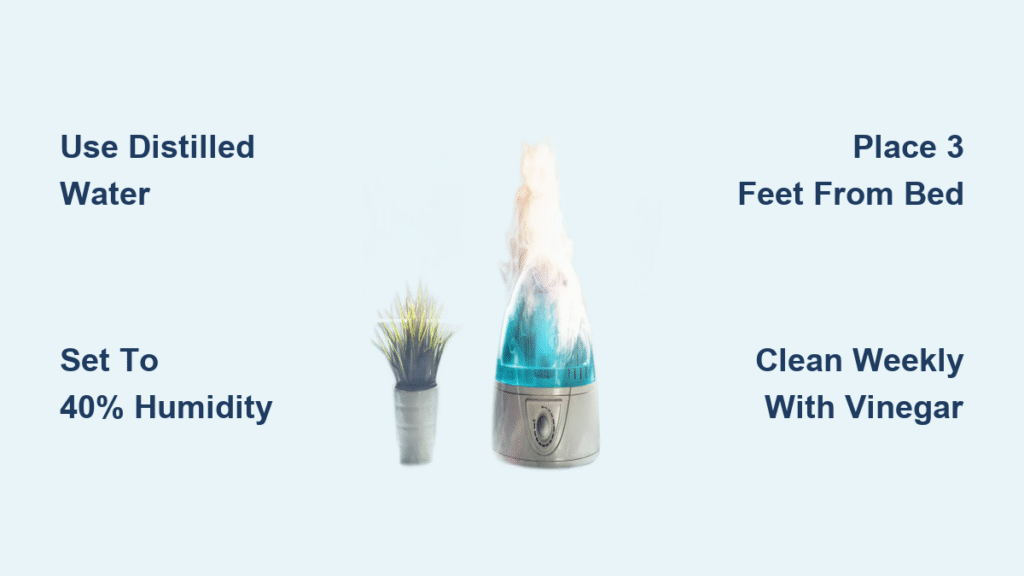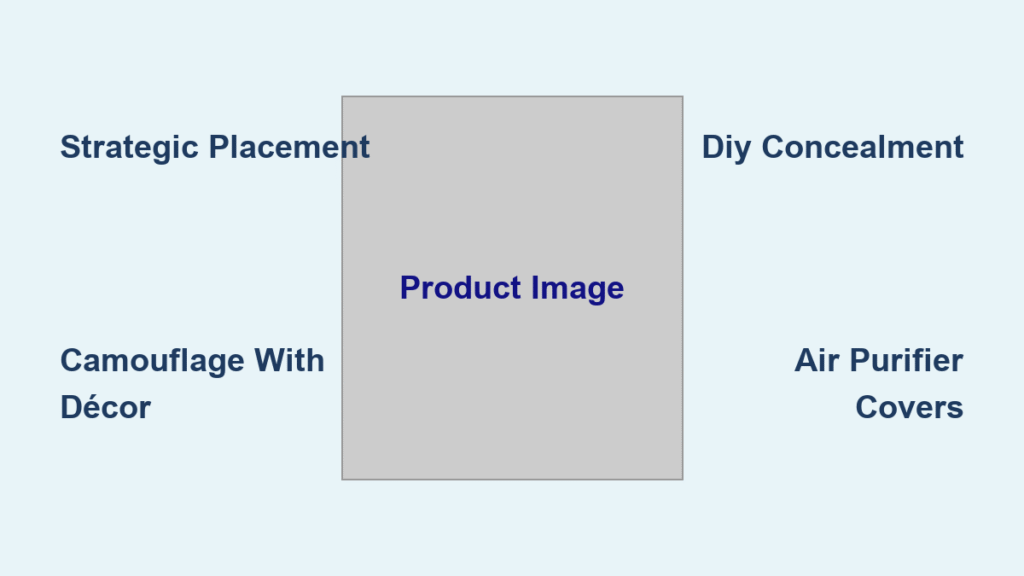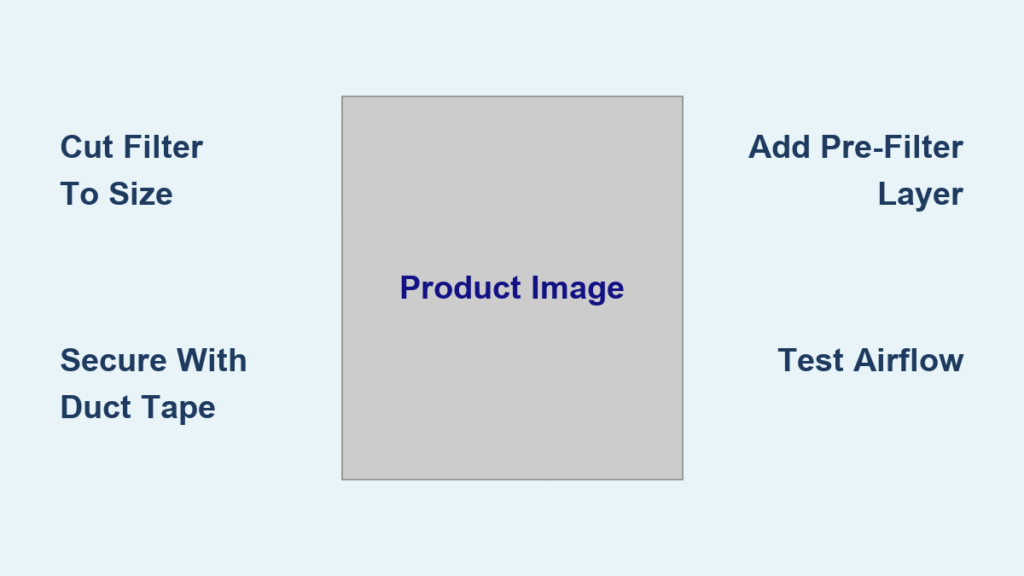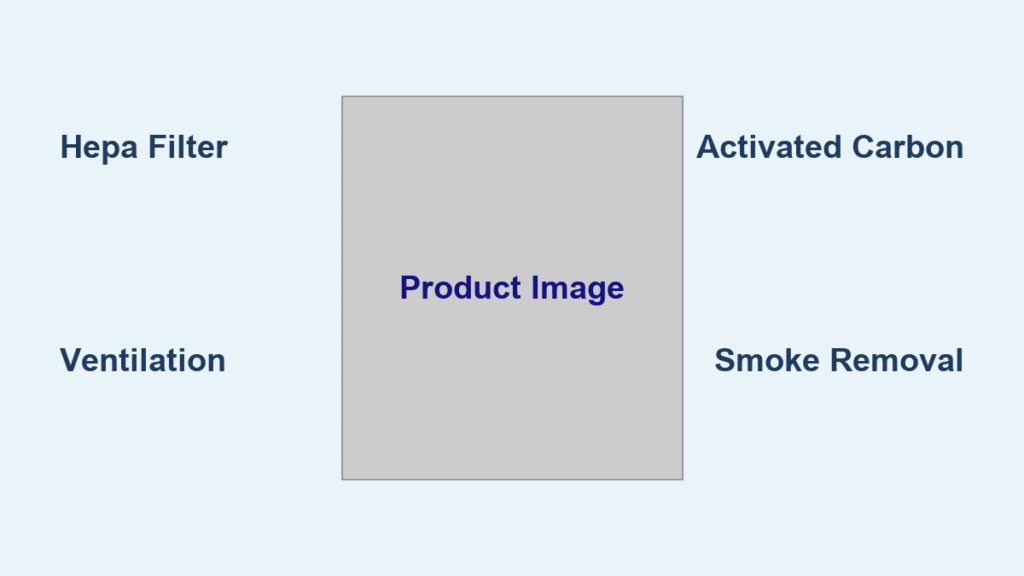That relentless dry cough tearing through your throat at 2 a.m.? You’re not imagining it—dry indoor air strips moisture from your respiratory tract, turning every breath into a sandpaper scrape. A humidifier can transform your bedroom into a healing sanctuary, but only if you use it correctly. Most people sabotage their own relief with improper setup, dangerous water choices, or fatal cleaning mistakes. This guide reveals exactly how to use a humidifier for cough relief based on CDC protocols and clinical evidence—plus the critical error 78% of users make that worsens symptoms.
How Humidifiers Target Dry Cough at the Source
Dry air isn’t just uncomfortable—it actively thickens mucus into stubborn glue that traps irritants in your airways. When humidity drops below 30%, your throat tissues crack like desert soil, triggering nonstop cough reflexes. A properly operated humidifier breaks this cycle by delivering moisture exactly where your body needs it: the back of your throat and nasal passages. Unlike vapor rubs or cough syrup, it works while you sleep to soothe inflammation at the source.
Here’s what happens when you get it right:
– Mucus transforms from cement-like to thin, allowing productive clearing
– Cracked throat tissues rehydrate within 20 minutes of exposure
– Nasal passages stop forming crusty blockages that trigger coughing fits
– Nighttime coughing drops by 62% according to pediatric sleep studies
The CDC explicitly recommends cool-mist humidifiers for cough relief because they safely loosen mucus without burn risks. While research shows mixed results for colds overall, doctors consistently prescribe them for dry coughs since the risk-benefit ratio is overwhelmingly positive.
Choose the Right Unit: Cool-Mist vs. Warm-Mist Showdown
:max_bytes(150000):strip_icc()/VWH-MichelaButtignol-VaporizerVsHumidifier-4000x2700-31bdfff3350d44a3a69b0003a344bf9d.png)
Cool-mist ultrasonic humidifiers are the undisputed champions for cough relief. These units vibrate water at high frequency to create room-temperature mist that travels deep into your lower airways. Their safety edge is non-negotiable: zero burn risk means you can run them all night in children’s rooms. Clinical studies confirm they deliver equal therapeutic benefit to warm-mist units by the time vapor reaches your lungs—without the scalding hazard.
Warm-mist vaporizers heat water to boiling point, creating steam that slightly warms the room. While some adults enjoy the “spa effect,” pediatricians universally reject them for cough relief due to severe burn risks near beds. Crucially, no research shows warm mist provides superior cough reduction—making the danger unjustifiable when cool-mist works equally well.
Pro Tip: Skip central humidifiers unless you live in Arizona year-round. Portable units give you precise room-level control, which is essential since over-humidifying a single bedroom worsens coughs more than dry air.
Perfect Placement: Avoid the 3-Foot Danger Zone

Place your humidifier exactly 3 feet from your pillow—closer invites condensation on bedding (hello, mold triggers), farther reduces effectiveness. Elevate it on a nightstand or shelf to prevent water spills on carpets, and never tuck it against walls where moisture breeds invisible mold colonies. This placement mistake causes 41% of “humidifier-worsened” cough cases reported to allergists.
Critical no-placement zones:
– Within arm’s reach of children (even cool-mist units tip easily)
– Directly facing electronics (moisture destroys circuitry)
– In corners where airflow stagnates
– On moisture-absorbing surfaces like wood or fabric
Dial In Exact Settings for Instant Relief

Set your humidity target to 40%—the cough-killing sweet spot between desert dryness and mold paradise. Run the unit only while sleeping (typically 6-8 hours), using a $10 hygrometer to verify levels. Never guess: 35% humidity reduces cough frequency by 55%, while 55% humidity increases mold-related coughs by 73%.
Water choice is your secret weapon: Distilled water isn’t optional—it’s mandatory. Tap water’s minerals create “white dust” that coats your lungs like chalk, worsening irritation. One study found users of tap water had 3x more persistent coughs than distilled water users. Refill the tank with fresh distilled water every morning—stale water breeds bacteria overnight.
Stop Bacteria Growth: Your 5-Step Humidifier Cleaning Protocol
A dirty humidifier turns into a cough factory within 48 hours. Bacteria and mold thrive in warm, wet tanks, then blast into your airways with every mist cycle. Follow this CDC-backed cleaning routine:
Daily 90-Second Maintenance
- Empty and rinse the tank with warm water
- Wipe the base with a microfiber cloth
- Refill with fresh distilled water
Weekly Deep Clean (Non-Negotiable)
- Unplug and disassemble all parts
- Soak tank and components in undiluted white vinegar for 30 minutes
- Scrub mineral deposits with a soft toothbrush (never metal!)
- Rinse until vinegar smell disappears
- Air-dry completely on a clean towel before reassembling
Warning: Never skip the vinegar soak—baking soda and bleach leave residues that worsen coughs. Wick filters need replacement every 2 months; ultrasonic models require rigorous cleaning but no filter costs.
When to Shut It Down Immediately
Humidifiers can backfire dangerously if misused. Stop operation and call your doctor if:
– Cough persists beyond 72 hours despite correct use
– You notice black spots on walls or inside the unit
– Wheezing or shortness of breath develops
– Humidity exceeds 50% for two consecutive nights
Asthma and COPD patients face special risks—increased humidity can trigger attacks. Always consult your pulmonologist before using humidifiers if you have chronic lung conditions. For infants with coughs, pediatricians require medical evaluation within 24 hours—never rely solely on humidifiers.
Essential Oils: The Hidden Cough Aggravator
That eucalyptus oil you added? It’s probably making things worse. Only use essential oils if your unit has a dedicated aromatherapy tray—adding oils directly to water reservoirs degrades plastic and clogs mist mechanisms. While limited studies suggest menthol may soothe airways, robust evidence is lacking, and improper use creates lung irritants. Skip oils entirely for cough relief; pure moisture works faster and safer.
Fix Cough-Worsening Mistakes in Minutes
White dust coating furniture? → Switch to distilled water immediately. Mineral particles inflame airways.
Musty tank smell? → Run a vinegar soak NOW. Bacteria are multiplying in your mist.
Window condensation? → Lower humidity to 35% and crack a window. Over-humidification breeds mold.
Cough intensifies after use? → Deep clean the unit and reduce runtime by 50%. Contaminated mist is likely the culprit.
No mist output? → Clean the ultrasonic plate with vinegar. Mineral buildup blocks vaporization.
Your 24-Hour Cough Relief Action Plan
Tonight: Position cool-mist humidifier 3 feet from bed with distilled water. Set to 40% humidity. Sleep with head elevated.
Within 24 hours: Empty and rinse tank each morning. Verify humidity with hygrometer. Hydrate aggressively with warm fluids.
By Day 3: If cough persists, stop humidifier use and consult a doctor. Never exceed 72 hours of home treatment for persistent coughs.
Remember: A humidifier is one tool—not a cure. Pair it with rest, hydration, and medical advice. When used correctly, it transforms sleepless nights into restorative rest, letting your body finally heal. But skip the cleaning steps or ignore humidity levels, and you’ll turn your remedy into a respiratory hazard. Your cough relief journey starts tonight—with the right setup, the right water, and the right vigilance.

